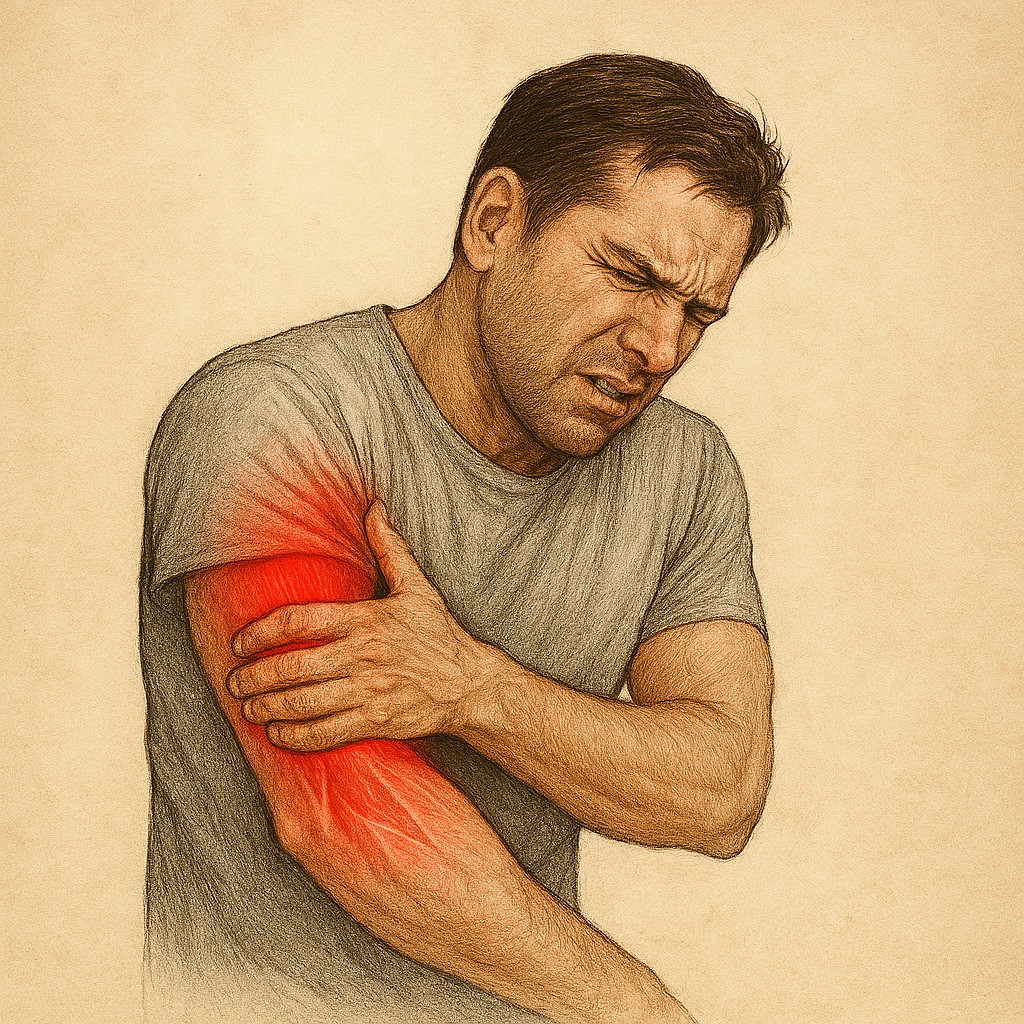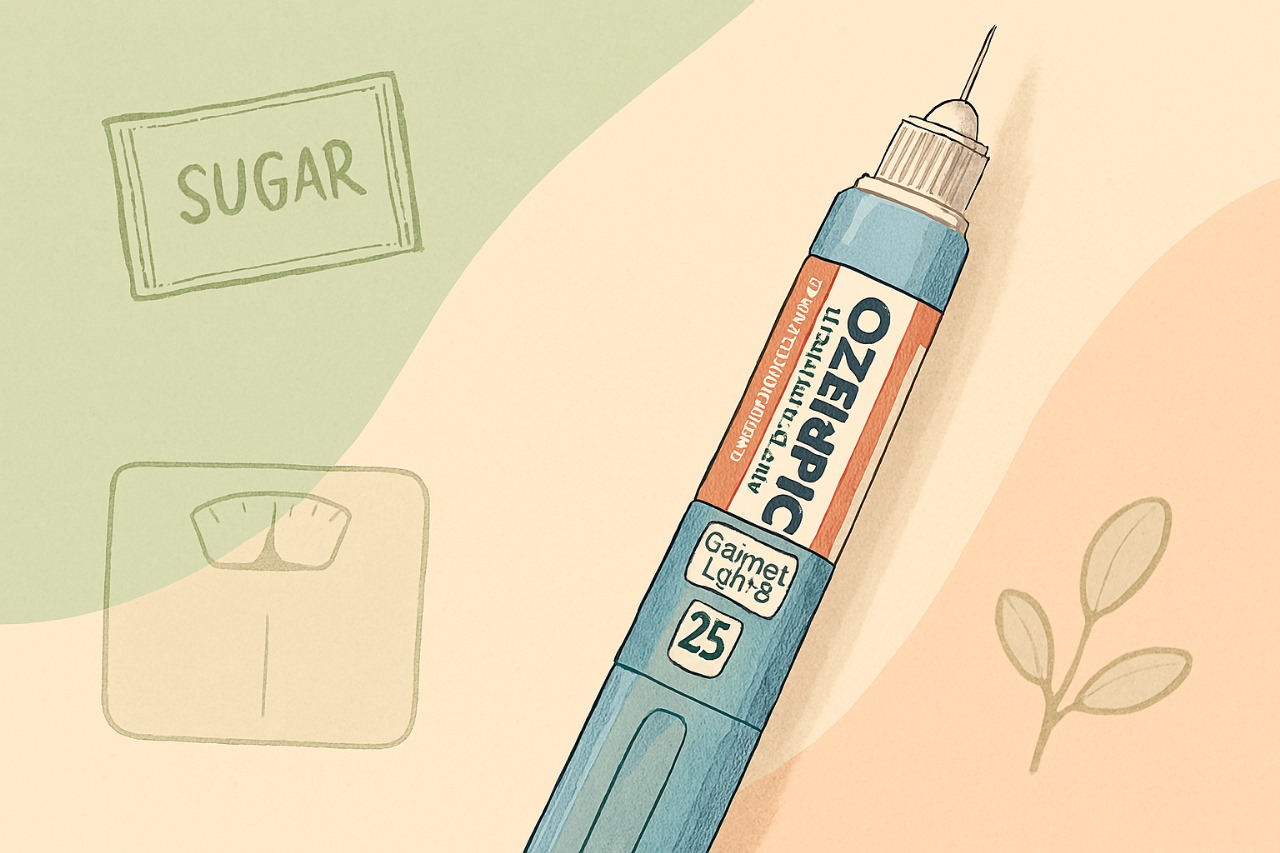EFFECTIVE STRATEGIES FOR
RELIEVING MUSCLE PAIN:
Are you looking for effective strategies to relieve muscle pain? Research
indicates that an individual’s emotional state can influence how they
perceive pain. Learning more about why you’re feeling pain and finding
ways to deal with it better can really make you feel better overall. Essential
strategies for managing pain can be:
Medications for Pain Relief.
Physical Therapies, including heat or cold treatments, massage,
hydrotherapy, and exercise.
Psychological Therapies, such as cognitive-behavioural therapy,
relaxation methods, and meditation.
Mind-Body Techniques like acupuncture.
Engagement with Supportive Community Groups.
PAIN RELIEF BY MEDICINES:
The main types of pain medications include:
- Paracetamol: Often recommended as the first choice for relieving
short-term pain. Examples include panadol, tylenol etc. - Aspirin: Used for short-term relief of fever and mild-to-moderate
pain, like menstrual cramps or headaches. - Non-steroidal anti-inflammatory drugs (NSAIDs), such as
ibuprofen: These medications help with pain and reduce
inflammation. Has a major role in joint inflammation and pain. - Opioid medications, like codeine or morphine: Reserved for
severe pain or pain related to cancer. - Local anaesthetics: Applied as drops, sprays, creams, or
injections, they numb the area to relieve pain.
Some antidepressants and anti-epileptic drugs: Used
specifically for nerve pain. Examples are gabapentin (Gralise,
Neurontin, Horizant) and pregabalin (Lyrica) and TCAs
(amitriptyline, doxepin, imipramine, duloxetine).- Topical creams: Those containing methyl salicylate (found in
products like Arthricare and Exocaine), capsaicin, lidocaine, and
menthol (such as LidoStream and Veltrix), or combinations of these
ingredients.
8.Muscle relaxants; such as cyclobenzaprine are prescription
medications that might be suggested for specific muscle conditions.
PHYSICAL THERAPIES FOR PAIN: - Heat packs: Heat packs are more effective for chronic muscle or
joint injuries as they improve blood circulation and relax tense
muscles, providing soothing relief over time. - Ice packs: Ice packs can help reduce swelling if used right after
the injury occurs. They work well for acute injuries by numbing the
area and decreasing blood flow. - Massage: Massage therapy is a popular physical therapy option,
particularly effective for addressing soft tissue injuries. However, it’s
essential to recognize its limitations, especially when dealing with
joint pain. While massage can provide temporary relief and aid in pain
management, it’s not recommended as a long-term solution. - Physical exercise: such as walking, stretching, strengthening or
aerobic exercises may help reduce pain, keep you mobile and improve
your mood. Relaxation and stress management techniques – including
meditation and yoga may also help.
ROLE OF ACUPUNCTURE IN RELIEVING PAIN:
Mind-Body Techniques like Acupuncture is a practice where
thin needles are inserted into particular points on the skin. It’s meant
to restore balance in the body and promote healing by triggering the
release of natural pain-relieving substances, like endorphins.
Although some people experience decreased pain severity and
improved function with acupuncture, the research on its
effectiveness in managing pain remains inconclusive.
PSYCHOLOGICAL THERAPIES FOR PAIN:
Cognitive behaviour therapy (CBT), this form of psychological
therapy can help you learn to change how you think and, in turn, how you
feel and behave about pain. This is a valuable strategy for learning to self
manage chronic pain. It can be done by a person himself, his family
members or through a therapist.
Importance of Proper Hydration and Nutrition:
Proper hydration and nutrition play crucial roles in alleviating muscle pain,
especially chronic pain , through several mechanisms:
1-Muscle Function: Adequate hydration ensures that muscles receive
enough water to function optimally. Dehydration can lead to muscle cramps
and spasms, increasing the likelihood of pain.
2-Nutrient Supply: Eating a mix of healthy foods gives your body the stuff
it needs to fix muscles and help them get better after you’ve been active.
Proteins are like the builders that repair muscles, especially after you’ve been
moving around a lot. Carbs are like the fuel that gives your muscles energy
to keep working. Not having enough of these nutrients can slow down
muscle recovery and cause muscle pain.
3- Inflammation Reduction: Certain nutrients, such as omega-3 fatty
acids and antioxidants found in fruits, vegetables, and fish, have anti
inflammatory properties. Consuming these foods can help reduce
inflammation in muscles, easing pain and discomfort associated with
conditions like delayed onset muscle soreness (DOMS) or inflammatory
muscle disorders.
4-Electrolyte Balance: Electrolytes such as sodium, potassium, calcium,
and magnesium are super important for muscles to work right. Drinking
enough water keeps these electrolytes balanced in your body, which helps
stop muscle cramps and keeps your muscles working their best.
In summary, staying well-hydrated and consuming a balanced diet rich in
nutrients support muscle function, repair, and recovery, thereby reducing the
risk of muscle pain and promoting overall musculoskeletal health.
WHEN TO SEEK PROFESSIONAL HELP FOR
PERSISTENT MUSCLE PAIN:
If you’re experiencing persistent muscle pain that doesn’t
improve with rest or home remedies, it’s important to seek professional help.
Persistent muscle pain can be a sign of underlying medical conditions that
require attention from a healthcare provider.
Additionally, if the pain is severe, accompanied by other
symptoms such as swelling, redness, or loss of function, it’s crucial to
consult a healthcare professional promptly. They can conduct a thorough
evaluation to determine the cause of the pain and recommend appropriate
treatment options, which may include medication, physical therapy, or
further diagnostic tests.
Don’t hesitate to reach out for help if you’re struggling with
persistent muscle pain—it’s essential to address it early to prevent potential
complications and improve your quality of life.
PREVENTIVE MEASURES TO REDUCE FUTURE
MUSCLE PAIN EPISODES:
To prevent future episodes of muscle pain, there are several steps you can
take:
Make sure to warm up properly before exercising or engaging in
strenuous physical activity. This can help prepare your muscles and
reduce the risk of injury.
Incorporate regular stretching exercises into your routine to improve
flexibility and prevent muscle tightness.
It’s important to stay hydrated and maintain a balanced diet rich in
nutrients to support muscle health and recovery. Pay attention to your
body’s signals and avoid overexertion or pushing through pain during
activities.
Prioritise rest and recovery by allowing your muscles time to recover
between workouts and getting enough sleep each night.
By implementing these preventive measures, you can reduce the
likelihood of experiencing muscle pain in the future and support overall
musculoskeletal health.
FREQUENTLY ASKED QUESTIONS (FAQs) ABOUT
MUSCLE PAIN:
Q: Can taking medicines for muscle pain frequently be
harmful?
Frequent use of medications for muscle pain can potentially be
harmful if not used appropriately. Pain relievers like ibuprofen or
acetaminophen, when taken in excess or for extended periods, can lead to
gastrointestinal issues, liver damage, or kidney problems. Additionally,
long-term use of prescription muscle relaxants or opioids can result in
dependency, tolerance, and adverse side effects.
Q: Is it normal to experience muscle pain after exercise?
Yes, it’s normal to feel muscle pain after exercising, especially if
you’ve pushed yourself hard or tried something new. It’s your body’s way of
adapting to the workout and getting stronger. This type of muscle pain,
known as delayed onset muscle soreness (DOMS), typically occurs 24 to 48
hours after exercise and is characterised by stiffness, tenderness, and
reduced range of motion in the affected muscles. DOMS happens because
when you exercise, you cause tiny damage to your muscle fibres. It’s a
normal part of getting stronger and typically goes away on its own after a
few days.
Q: Can stress or anxiety cause muscle pain?
Yes, stress or anxiety can contribute to muscle pain. When
you’re stressed or anxious, your body can tense up, leading to muscle tension
and discomfort. Additionally, chronic stress can cause the muscles to remain
in a state of tension for extended periods, resulting in persistent muscle
pain. Most common examples are tension headaches,temporomandibular
joint (TMJ) disorder, and fibromyalgia.
Q: Are there any lifestyle changes I can make to reduce muscle
pain?
To reduce muscle pain, consider lifestyle changes like
regular exercise to strengthen muscles and maintain flexibility. Practice
good posture and avoid overexertion during physical activities. Stay
hydrated, manage stress, and prioritise adequate sleep to support muscle
health and recovery. Listen to your body’s signals and seek medical attention
if muscle pain persists or worsens.







